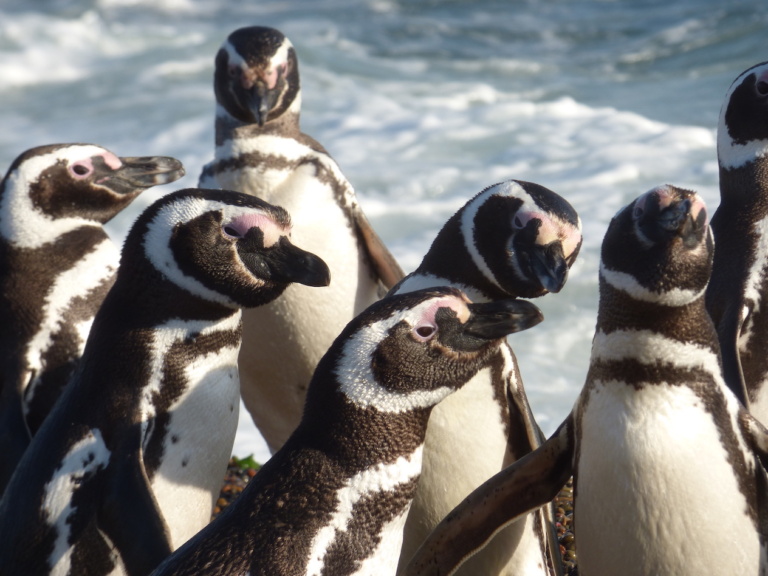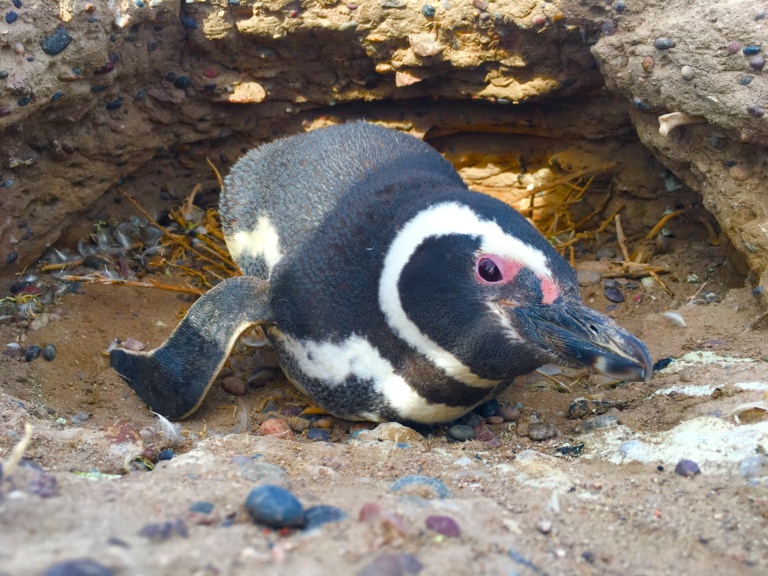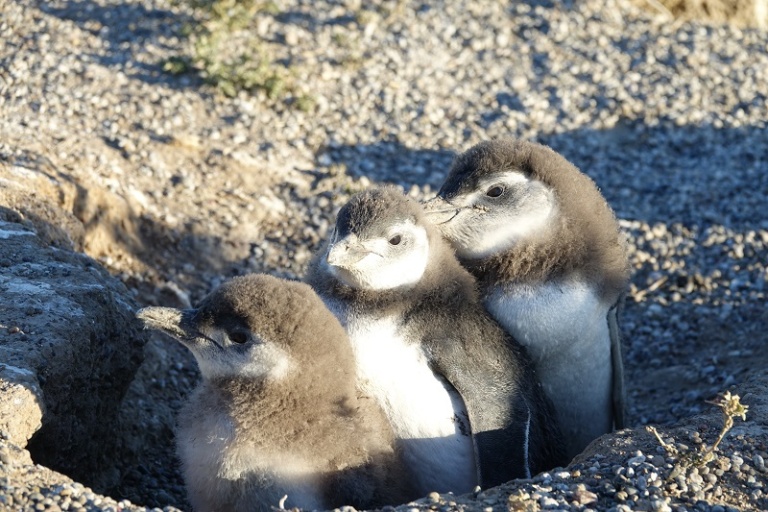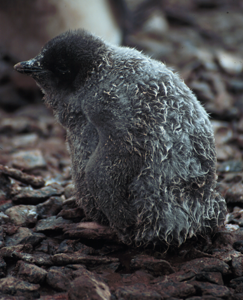Field updates: Argentina, April 2023
Photo credit: Eric Wagner Thanks to the generous support of Zoo Augsburg in Germany, Dr. Ginger Rebstock and Dr. Eric Wagner were able to return to Punta Tombo for a couple of weeks in April. There, they put twenty satellite tags on penguins—ten females and ten males—that were about to start their post-breeding migration. From last year’s tagging effort, we […]
Field updates: Argentina, April 2023 Read More »







